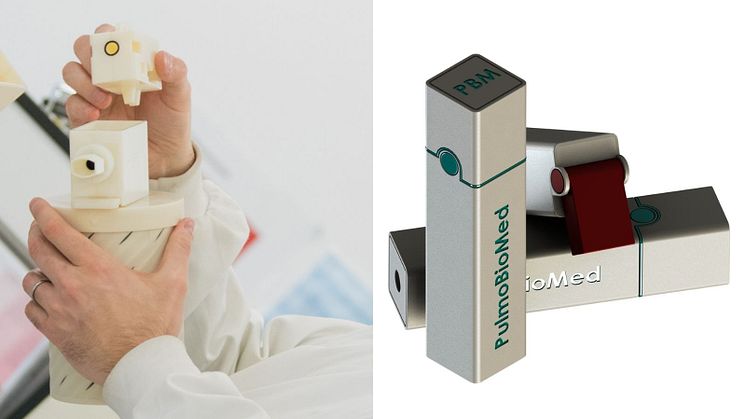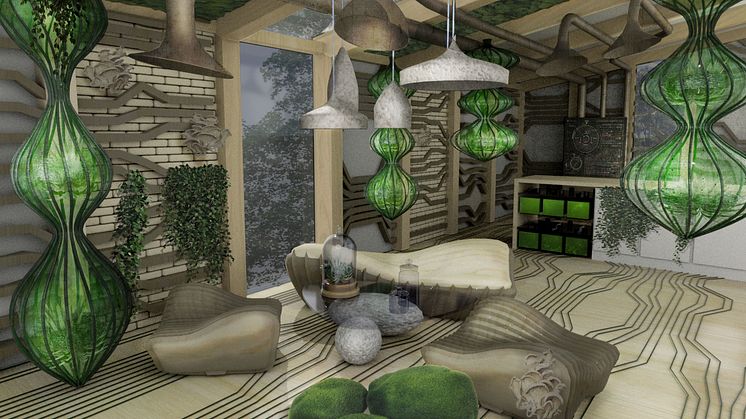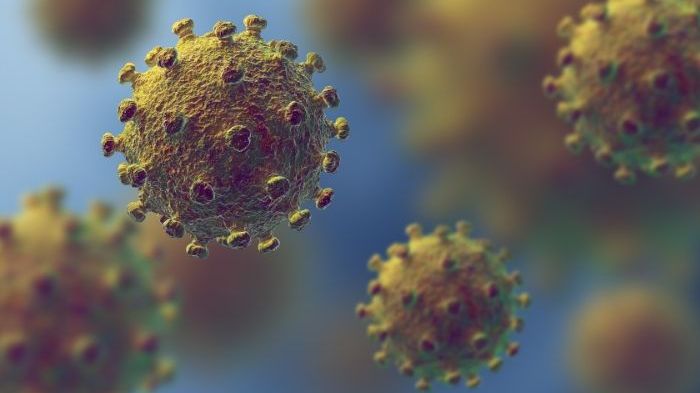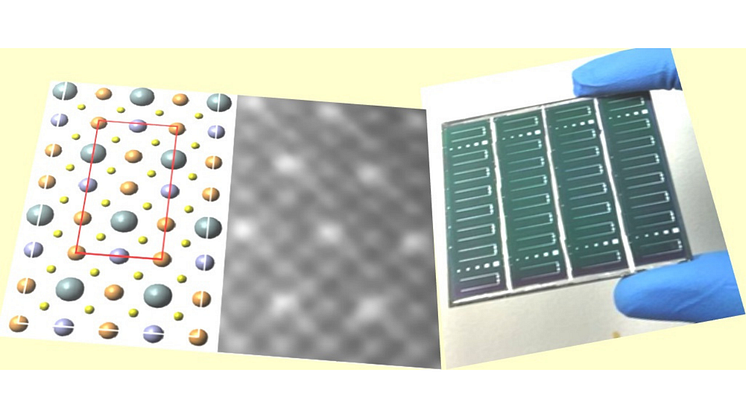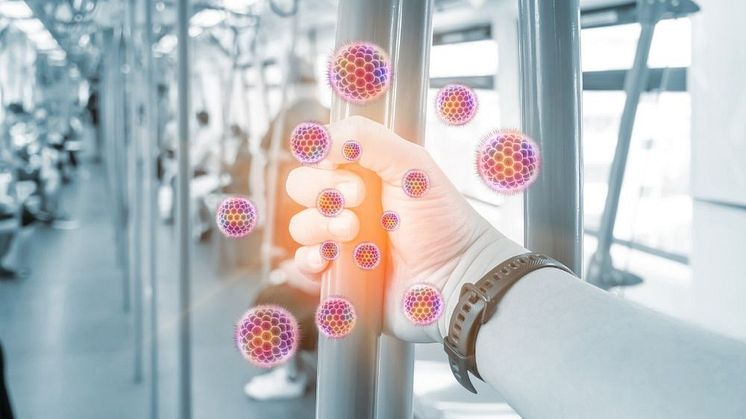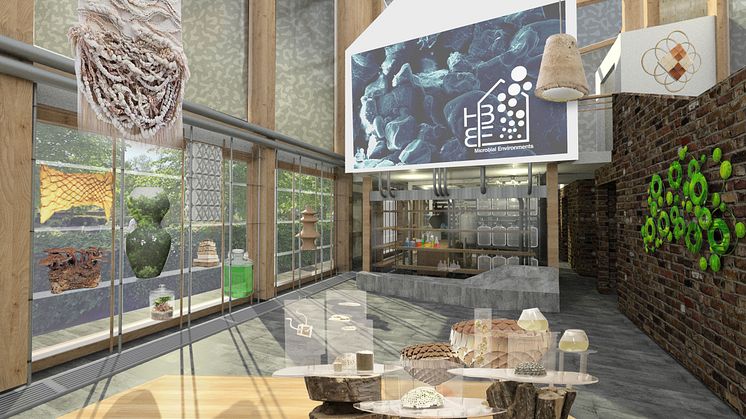
Press release -
Work begins on experimental Living Building
Construction has started on a building which could transform the way we live.
The OME – an experimental biological house - will form a key part of the £8m Hub for Biotechnology in the Built Environment (HBBE). A joint initiative between Newcastle and Northumbria Universities, the HBBE is creatively harnessing biotechnology to develop a new generation of sustainable ‘living buildings’.
Central to the OME will be a self-contained apartment which will allow HBBE experts to test and demonstrate these new biotechnologies in a domestic setting. We will be testing a wide range of technologies from new materials grown from microbes through to waste systems which generate power from the output of the toilet.
The microbial life (microbiome) within the apartment will be studied to better understand the influence of materials, surfaces and ventilation systems on the microbes which surround us – both to avoid harmful organisms and even viruses such as Covid-19, and to encourage healthy bacteria that benefit human health.
The apartment will sit above a laboratory, where processes will be developed to convert domestic waste including human waste, food waste, cardboard and plastics, into fuel, electricity, and other useful products.
“There is nothing quite like the OME anywhere in the world,” explains Professor Martyn Dade-Robertson, Co- Director of the HBBE at Newcastle University. “The building will create a space to develop technologies which are well beyond the state-of-the-art. We are especially excited by its location next to the Great North Museum: Hancock, which will allow for public engagement.
“The OME puts the North East at the heart of a new field of research and potentially a new industry.”
"There is a real sense of excitement at Northumbria around the OME, a 'Living Building' and very much the linchpin in our successful Research England E3 Funding Award,” says Professor Gary Black, Co-Director of the HBBE at Northumbria University. “It will allow us to apply the biotechnologies we are developing in a real-life situation rather than in the lab alone. The OME embodies the HBBE's research approach to harbour collaboration and build long-lasting research links between Northumbria and Newcastle Universities."
The OME, which will be sited next to the Devonshire Building on Newcastle University’s campus, will also include a prototyping and exhibition space, where designers, architects, engineers and microbiologists will work together to create large scale installations to demonstrate how their research can be applied at full scale within buildings.
The exterior of the building has been designed so experimental material samples can be easily installed for testing and whole sections of the internal and external walls can be replaced with new forms of construction.
The OME will enable HBBE’s researchers to collaborate with industry stakeholders on diverse approaches to incorporating biotechnology in the built environment, creating self-sustaining, regenerative, living buildings which benefit human and ecological health and wellbeing.
Work on The OME is expected to be completed in Spring 2021.
Launched on 1 August 2019, the HBBE is funded by an £8m grant from Research England’s Expanding Excellence in England Fund. The Hub is led by a multidisciplinary team across both Universities and is backed by 14 diverse industry partners. In under 18 months the HBBE has recruited 43 members of full-time research staff and has invested close to £3m on state-of-the-art equipment, workshop and laboratory facilities to establish an outstanding centre for research.
Notes to editors
The HBBE is organised around four core themes:
Theme 1: Building Metabolism
Aim: To develop a new generation of microbial technologies which will act as building metabolisms – processing waste and generating energy and useful products. This will involve research, design and the development of prototype experimental building services incorporating microbial bioreactors. These systems will be capable of extracting valuable resources from sunlight, wastewater and domestic waste and generating energy and high-value products. This approach also involves rethinking building infrastructure – so that a building processes its waste, including plastics, in situ, rather than relying on centralised industrial infrastructure for waste treatment.
Theme Two: Living Construction
Aim: To develop a new generation of bulk engineered living materials which are intelligently synthesised and/or activated using microbial processes. This will involve research into biominerals (the synthesis of mineral crystals to create new construction materials), biopolymers (for example bacteria producing cellulose fibres and bioplastics) and responsive materials such as bacterial spore-based hygromorphs (shape-changing in response to water) materials. This theme also involves the integration of computer modelling across biology and engineering, advanced fabrication techniques (including 3D printing) and the physical testing of materials.
Theme Three: Microbial Environments
Aim: To better understand and computationally predict the interaction between the built environment and the microbiome and to develop healthy environments by cultivating or influencing the microbiome through the design of buildings and human interaction. This will involve the development of technology to make buildings which can sense their microbiome and modify microbial communities to encourage healthy microbiomes through, for example, biotic/antimicrobial materials and biome aware ventilation systems. There is a growing awareness of the importance of the environmental microbiome to human health but there is little research on how we design for healthy, sustainable microbial environments. This research will inform evidenced based design of our spaces and building infrastructures to take into account the microbiome and human interactions within it.
Theme Four: Responsible Interactions
Aim: To develop a responsible and integrated approach to biotechnology for the built environment through a reflexive, inclusive and critical understanding of the interactions that emerge from HBBE’s research activities. This will involve investigating the interactions between natural systems, new and existing (bio)technologies, the built environment and cultures. The interactions between researchers, stakeholders and end-users of biotechnologies and the microbiome are also important to capture and understand since they will reveal the novel research collaborations and practices that are required to underpin the emergence of responsible biotechnologies. Finally, we will develop an expanded understanding of large-scale prototyping of biotechnologies both socially, ecologically and technically, using the Hub’s experimental house (The OME) and its prototypes to further enable these interactions.
The HBBE would like to thank everyone involved in the design and construction of The OME including:
Key Property Solutions, Sadler Brown Architects, Jasper Kerr Consulting Engineers, JH Partners Mechanical & Electrical Consulting Engineers.
Topics
Categories
Northumbria is a research-rich, business-focused, professional university with a global reputation for academic excellence. Find out more about us at www.northumbria.ac.uk --- Please contact our Media and Communications team at media.communications@northumbria.ac.uk with any media enquiries or interview requests ---













